CANNABINOIDE
Le catechine (–)-epigallocatechin-3-O-gallato (EGCG), (–)-epigallocatechina (EGC), (–)-epicatechin-3-O-gallato (ECG) hanno dimostrato moderata affinità per i recettori CB1 dei cannabinoidi con valori Ki di 33.6, 35.7, 47.3 μM rispettivamente [Korte, G., et al. “Tea catechins’ affinity for human cannabinoid receptors.” Phytomedicine 17.1 (2010): 19-22.].
ANSIOLITICO, ANTIDEPRESSIVO, ANTIPSICOTICO, SEDATIVO
Nei modelli animali acuti e cronici un estratto acquoso a base di foglie di te (33 mg/kg) ha indotto un effetto ansiolitico superiore al diazepam (1 mg/kg) probabilmente mediato dal legame col recettore delle benzodiazepine che modula il complesso GABA-A/canale del cloro. Sia l’estratto che il farmaco convenzionale hanno ridotto anche l’attività locomotoria [Shastry, Rajeshwari, et al. “Anxiolytic activity of aqueous extract of Camellia sinensis in rats.” Indian journal of pharmacology 48.6 (2016): 681.].
In un altra ricerca un estratto di te verde ha manifestato effetti ansiolitici ed antidepressivi incrementando il turnover di dopamina e serotonina [Mirza, Beenish, et al. “Neurochemical and behavioral effects of green tea (Camellia sinensis): a model study.” Pak. J. Pharm. Sci 26.3 (2013): 511-516.].
Un terzo estratto ha mostrato effetti antidepressivi nelle cavie normali, diabetiche e trattate con la reserpina; i ricercatori ipotizzano che l’azione sia dovuta all’inibizione degli enzimi COMT e MAO [Singal, Anjali, et al. “Green tea [Camellia sinensis (L.) O. Kuntze] extract reverses the despair behaviour in reserpinised and diabetic mice.” (2006).].
Infatti da test sperimentali si è visto che frazioni di estratti a base di te verde inibiscano in maniera non competitiva l’enzima MAO-A con valori EC50 che vanno da 6.5 a 0.1 mg e MAO-B da 3 a 0.1 mg [Chung, Ha-Sook, et al. “Monoamine oxidase inhibitory activity of green tea produced in China, its processing and provincial differences.” (2001).].
La somministrazione di 200 mg di teanina ha generato onde alfa cerebrali nelle regioni occipitali e parietali dei volontari sani risultando in un effetto rilassante significativo [Kobayashi, K., et al. “Effects of L-theanine on the release of alpha-brain waves in human volunteers.” Journal of the Agricultural Chemical Society of Japan (Japan) (1998).].
L’amminoacido incrementa i livelli di serotonina e dopamina in ipotalamo, ippocampo e nucleo striato, potrebbe espletare i suoi effetti interagendo con enzima MAO, recettori adrenergici, della serotonina e della dopamina [Yokogoshi, Hidehiko, et al. “Effect of theanine, r-glutamylethylamide, on brain monoamines and striatal dopamine release in conscious rats.” Neurochemical research 23.5 (1998): 667-673.].
Ha ridotto i livelli di norepinefrina nel cervello dei ratti probabilmente stimolandone il rilascio [KIMURA, RYOHEI, and TOSHIRO MURATA. “Effect of theanine on norepinephrine and serotonin levels in rat brain.” Chemical and pharmaceutical bulletin 34.7 (1986): 3053-3057.].
In uno studio randomizzato a doppio cieco condotto su 60 pazienti affetti da schizofrenia o disordine schizo-affetivo 400mg di teanina come terapia addizionale ha migliorato i sintomi generali e l’ansia senza manifestare nessun effetto collaterale [Ritsner, Michael S., et al. “L-theanine relieves positive, activation, and anxiety symptoms in patients with schizophrenia and schizoaffective disorder: an 8-week, randomized, double-blind, placebo-controlled, 2-center study.” The Journal of clinical psychiatry 72.1 (2010): 34-42.].
In aggiunta al pregnenolone ha alleviato significativamente effetto blunted, alogia, anedonia e sintomi ansiogeni migliorando la funzionalità generale [Kardashev, Adasa, Yael Ratner, and Michael S. Ritsner. “Add-on pregnenolone with L-theanine to antipsychotic therapy relieves negative and anxiety symptoms of schizophrenia: an 8-week, randomized, double-blind, placebo-controlled trial.” Clinical schizophrenia & related psychoses 12.1 (2018): 31-41.].
Da altre ricerche effettuate su pazienti schizofrenici si nota l’effetto positivo della teanina sui sintomi della patologia e la qualità del sonno, l’azione sembra mediata dalla stabilizzazione della concentrazione glutammatergica nel cervello [Ota, Miho, et al. “Effect of L-theanine on glutamatergic function in patients with schizophrenia.” Acta neuropsychiatrica 27.5 (2015): 291-296.].
NEUROPROTETTIVO
I te di buona qualità è ricco di numerosi composti biologicamente attivi tra cui spiccano polifenoli ed alcaloidi; ha anche un buon contenuto di proteine, minerali e vitamine.
- polifenoli: Composti dalle forti proprietà antiossidanti con effetti benefici su stress ossidativo, perossidazione lipidica, radicali liberi ed ossidazione del colesterolo LDL [17].
Inibiscono, inoltre, l’attivazione delle proteine antiapoptotiche BCL-2 e del il fattore di crescita vascolare endoteliale supportando il sistema immunitario; oltre ad avere significativi effetti preventivi per l’insorgenza di tumori [2].
Comprendono catechine, teaflavine (derivate dall’ossidazione delle catechine, tipiche del te nero), tannini ed altri flavonoidi.
Le catechine rappresentano l’80-90% dei flavonoidi e sono i composti più studiati: epicatechina (EC), (-)-epicatechin-3-gallato (ECG), (-)-epigallocatechina (EGC), and (-)-epigallocatechin-3-gallato (EGCG).
Sono tutti antiossidanti molto potenti: hanno dimostrato di inibire la squalene epossidasi, un enzima chiave del processo di biosintesi del colesterolo [3]; in più sembrano avere effetti neuroprotettivi [4].
Le potenzialità farmacologiche di questa pianta sono moltissime, dati epidemiologici scientifici associano il suo consumo ad un ottima salute generale.

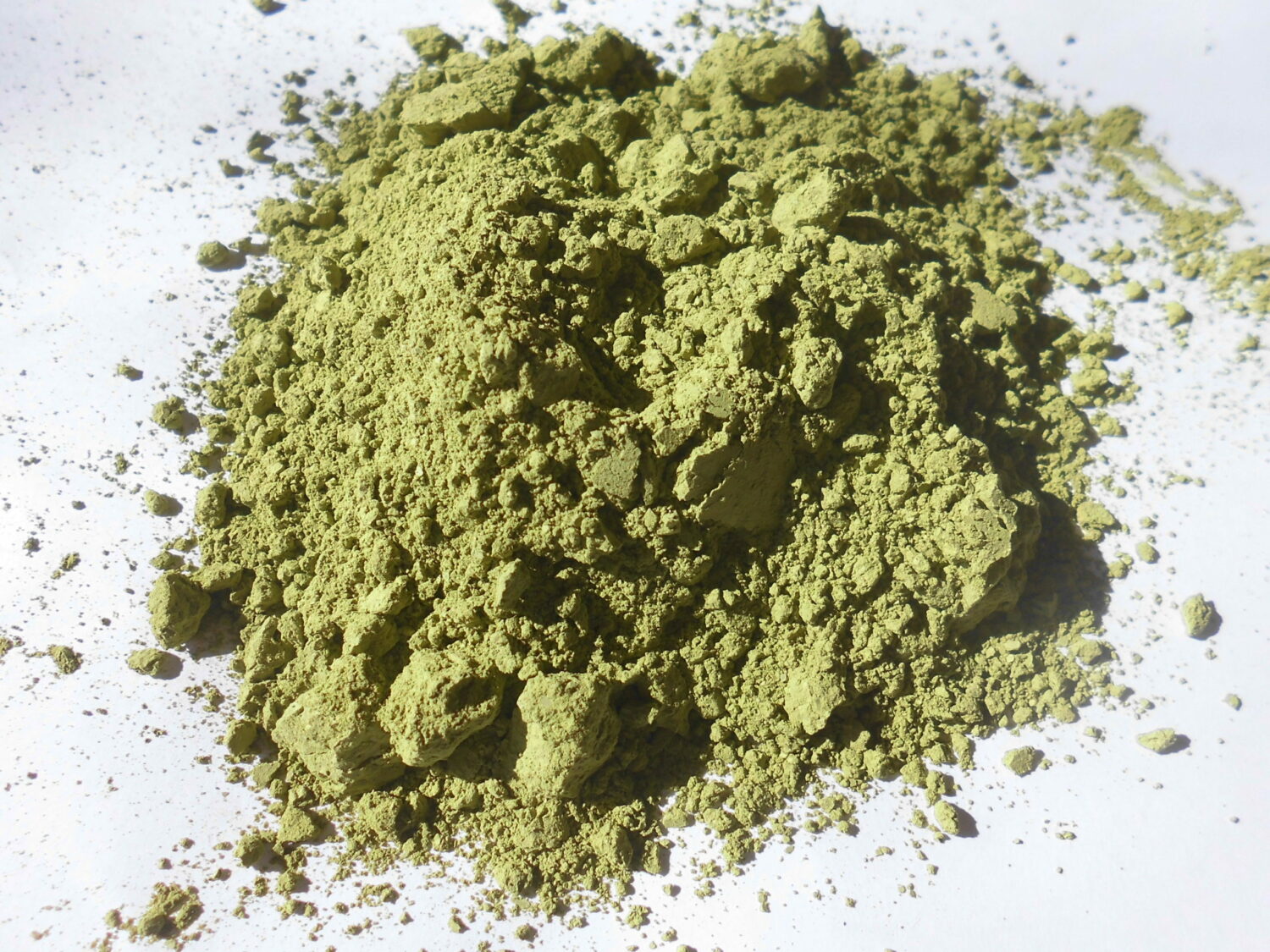
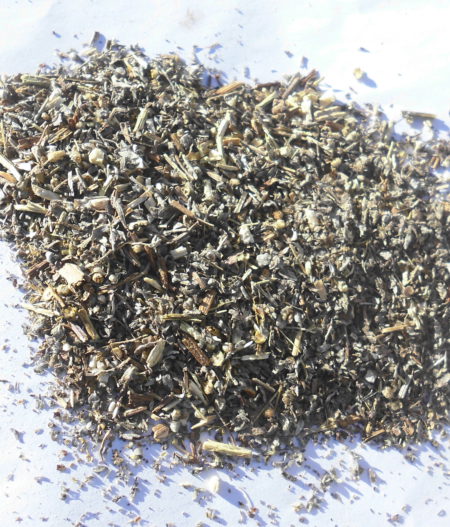
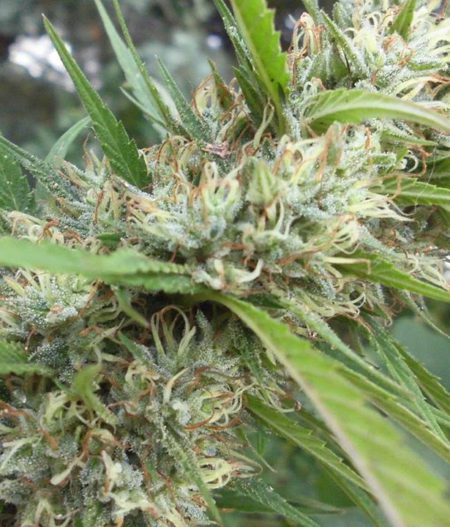
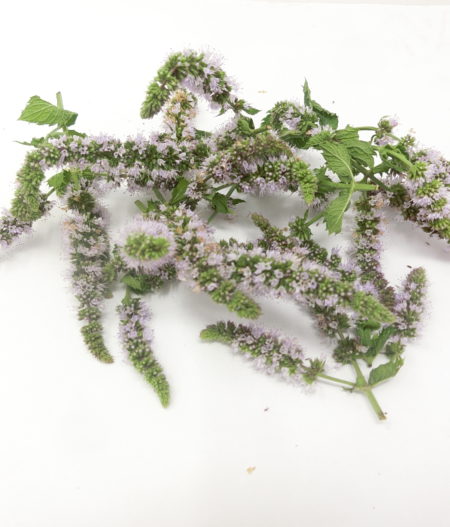
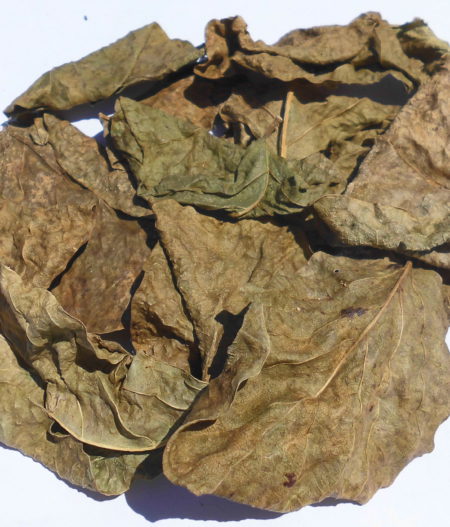
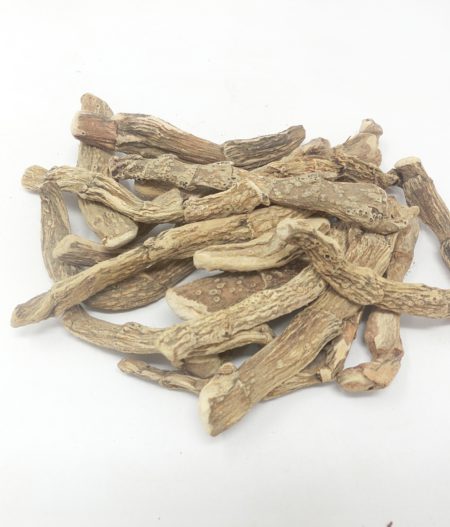
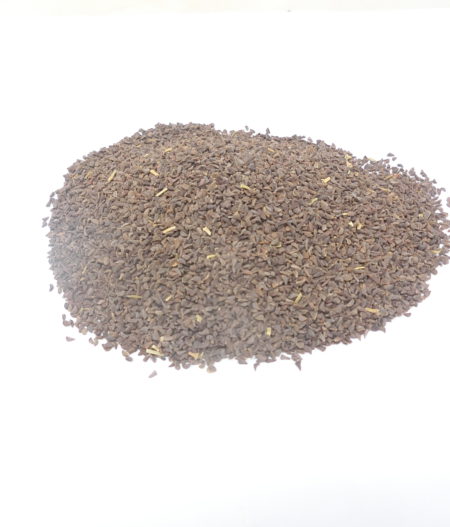
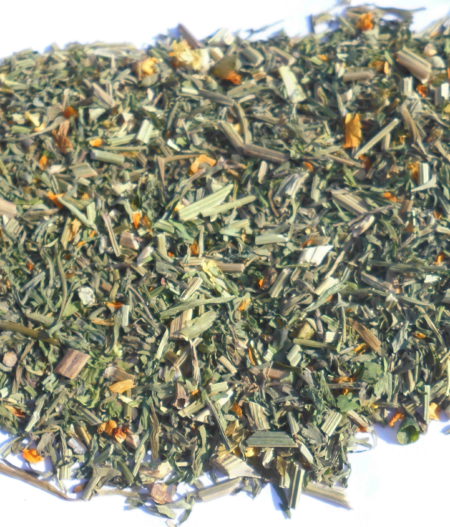
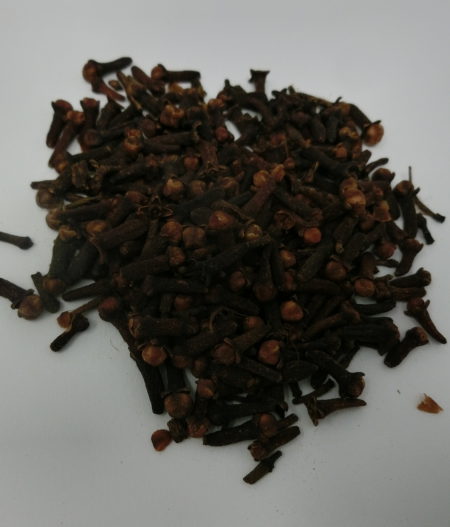
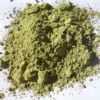
Recensioni
Ancora non ci sono recensioni.